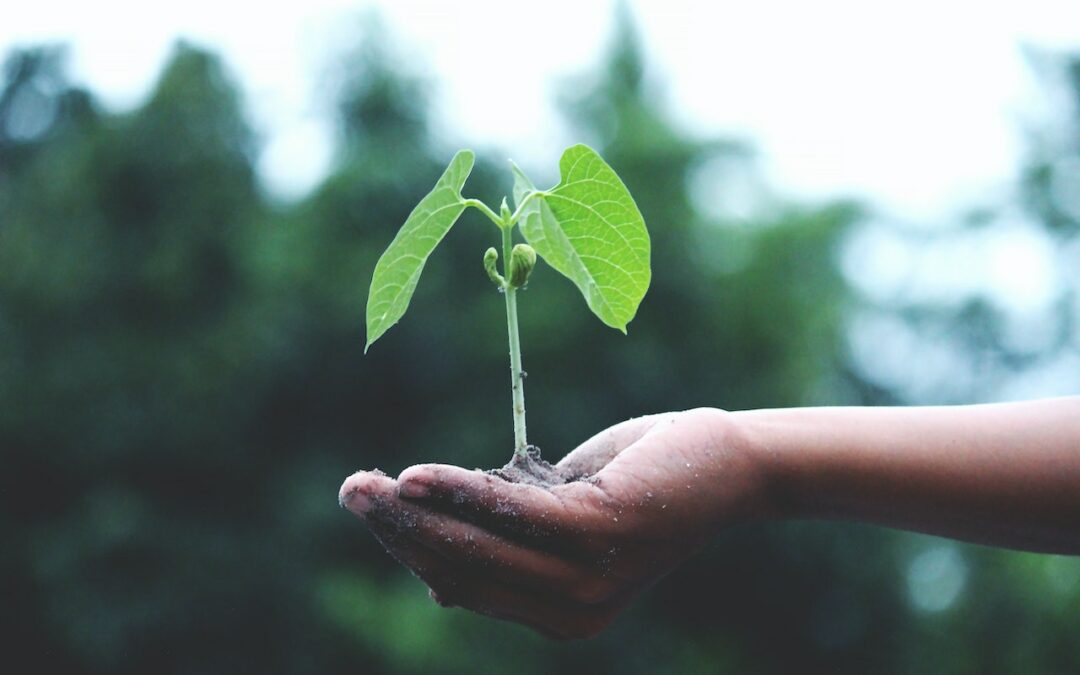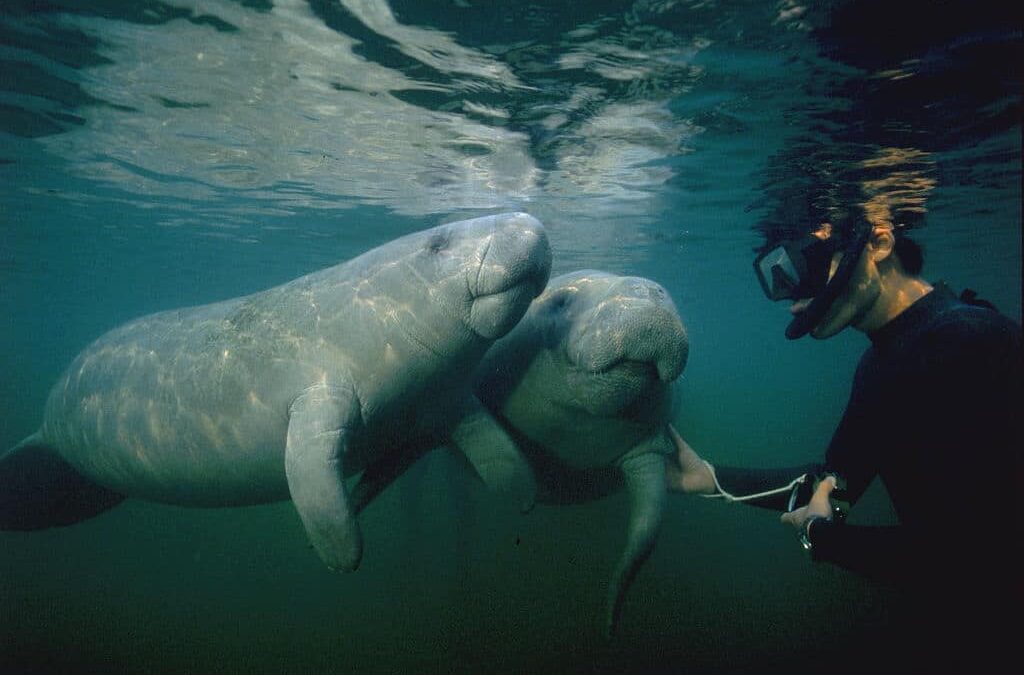
Australia's energy transition urgently needs skilled workers
Research from the Institute for Sustainable Futures (ISF) in collaboration with the Australian Energy Market Operator (AEMO) has shown that the nation might soon face a worrying lack of the type of electrical skills needed to manage Australia’s energy transition.
The study was facilitated by the RACE for 2030 Cooperative Research Centre (RACE for 2030).
Electricity sector jobs are forecast to double by 2029 — an increase of 33,000 in just five years in the most likely scenario of the 2024 Integrated System Plan (ISP).
The majority of these new jobs will be in renewable energy, with wind, solar and battery storage dominating. According to the report, operations and maintenance roles will be increasingly important; they are expected to account for 65% of the electricity sector workforce by 2033.
The rapid expansion of the renewable energy sector will place a significant strain on the labour market.
Key challenges identified in the report include:
Skills shortages: The demand for a range of skilled workers, including electricians, mechanical trades and engineers, will increase substantially, potentially causing project delays. The renewable energy sector currently invests very little in skills development and training, as noted by Jobs and Skills Australia in a recent report.
Boom-bust cycles: The construction-heavy nature of renewable energy projects will see a highly variable workforce with a risk of boom-bust cycles. This reduces national, regional and local opportunities as it becomes much harder to train and retain a stable workforce.
Regional challenges: Many renewable energy projects are located in remote areas, which will be competing for labour with infrastructure projects in big cities.
“The transition to a clean energy future presents a huge opportunity for Australia, both in terms of job creation and economic growth,” said Jay Rutovitz, chief investigator on the project.
“We need to act now to address the potential skills shortages to make sure we can deliver this transition and realise the benefits.”
To manage these challenges, the report recommends streamlining the development pipeline, with federal and state governments implementing policies for smoother development of renewable energy projects over time. It also advises that the Australian Skills Guarantee (for one in 10 workers on publicly funded projects to be apprentices or trainees) should be extended to cover all energy infrastructure involving public finance or procurement.
Further, the report states that the energy sector needs to attract a more diverse workforce, including more women and First Nations people.
“The findings highlight the critical need for a proactive approach to workforce development in the renewable energy sector,” said Genevieve Simpson, Program Leader at RACE for 2030.
“The report underscores the urgent need for collaboration between industry, government and training providers to ensure we have the skilled workforce required to deliver the ISP and achieve a clean energy future for Australia.”
The workforce needed to deliver the energy transition is even larger than identified in the report, with roles required for so-called ‘behind the meter’ transitions like energy efficiency and electrification, which could potentially contribute hundreds of thousands of additional jobs by 2030. Understanding more about this workforce is crucial, considering its overlap with occupations already identified as in short supply, such as electricians and engineers.
To read the full report as well as individual state reports, visit https://racefor2030.com.au/project/australian-electricity-workforce-for-the-2024-integrated-system-plan.
Image credit: iStock.com/Thurtell

England’s Recycling Rate Down as Just 43.4% of Household Waste Recycled
According to government data, the recycling rate of waste from households in England was 43.4 percent in 2022 — the most recent information available. The rate was down from the previous year, when 44.1 percent of households recycled their waste. England is the only United Kingdom nation whose recycling rate did not show improvement in […]
The post England’s Recycling Rate Down as Just 43.4% of Household Waste Recycled appeared first on EcoWatch.

USFWS Proposes Expanding Habitat Protections for Florida Manatees
The U.S. Fish and Wildlife Service (USFWS) has proposed new revisions and additions to critical habitats for West Indian manatees near Florida and Puerto Rico. The proposal includes a revised 1,904,191 acres for Florida manatees plus new habitat protections spanning 78,121 acres for Puerto Rico manatees. “The Service is dedicated to the recovery and protection […]
The post USFWS Proposes Expanding Habitat Protections for Florida Manatees appeared first on EcoWatch.

CFDA Southern Africa Sustainable Finance Activity (SASFA)
CFDA Southern Africa Sustainable Finance Activity (SASFA)
jschoshinski
Fri, 09/27/2024 – 13:44
Hero Image
Image
Page Components
The impacts of climate change in Southern Africa increasingly jeopardize its diverse ecosystems and key economic sectors. Water shortages, increased flooding, and extreme weather events endanger agricultural productivity and wildlife habitats, particularly in the Okavango and Limpopo River basins. Southern African countries face barriers to address these threats, including limited access to funding, insufficient institutional capacity, and challenges in adopting low-carbon adaptation measures. Addressing these challenges in Southern Africa requires strengthening institutional frameworks, advancing green policies and practices, and enhancing government structures. At the same time, Southern Africa presents opportunities in eco-tourism, community-based conservation, payment for ecosystem services, and collaborations with private and international organizations to enhance biodiversity conservation, manage water resources, and promote sustainable development across the region.To bolster climate investment in Southern Africa, the United States Agency for International Development (USAID) Climate Finance for Development Accelerator (CFDA) has launched the Southern Africa Sustainable Finance Activity (SASFA). SASFA will prioritize mobilizing investment and creating sustainable finance ecosystems in Angola, Botswana, Eswatini, Lesotho, Namibia, and South Africa, aiming to address climate mitigation and adaptation, biodiversity conservation, and eco-friendly economic development across the region.On or around October 22, 2024, CFDA plans to issue a call for grant applications under SASFA aimed at supporting innovative and scalable models for investing in conservation, biodiversity, and sustainable landscapes through the Scalable Approaches for Investing in Nature Window (SAIN). Please see the Notice of Future Funding Opportunity (NOFFO) for more details. The purpose of the Window is to support high-potential initiatives such as nature bonds, debt-for-nature swaps, payment for ecosystem services, results-based finance, and other innovative nature-based solutions and financial mechanisms that can be launched, scaled, or replicated effectively to enhance their impact on nature conservation and sustainability in the target countries. High-quality, high-integrity projects that adhere to global principles that generate revenue from sustainable financing, e.g., carbon credits, biodiversity credits, are welcome. CFDA anticipates issuing 3-5 grant awards that range from $200,000 to $500,000 USD. Exceptionally impactful, scalable, and innovative concepts may be considered for funding over this range. CFDA is unable to award a U.S.-based partner a grant valued over $500,000 under any circumstances. SASFA is an activity under USAID’s Climate Finance for Development Accelerator (CFDA), USAID’s flagship initiative to increase climate investment in emerging markets and developing economies. To receive updates and partnership opportunities regarding SAIN, please join the Climate Finance Investment Network (CFIN) or reach out to CFDA at info@CFDAccelerator.com.
Climate Finance for Development Accelerator – Partnership Portal
Join the Climate Finance Investment Network
The Climate Finance Investment Network brings together a diverse set of finance seekers, finance providers, and other ecosystem actors from a variety of sectors and markets to cultivate partnerships, learning, and increased investment in climate solutions.
Join Here
Projects
USAID Climate Finance for Development Accelerator (CFDA)
Topic
Climate Finance
